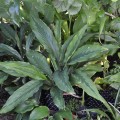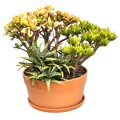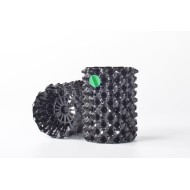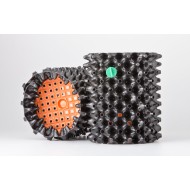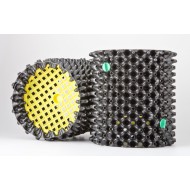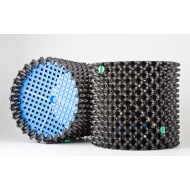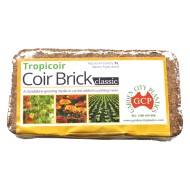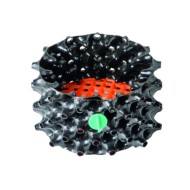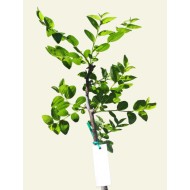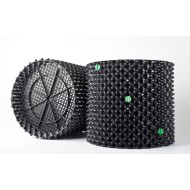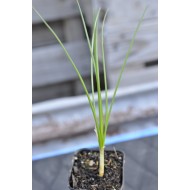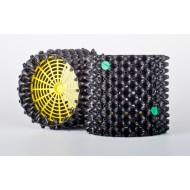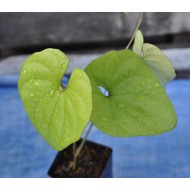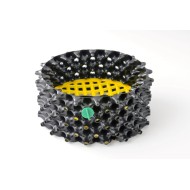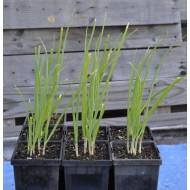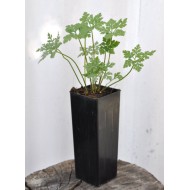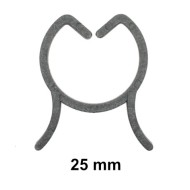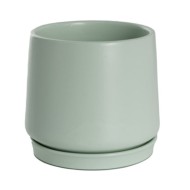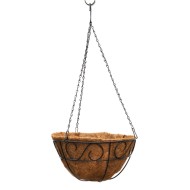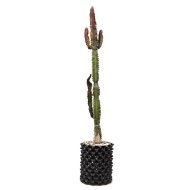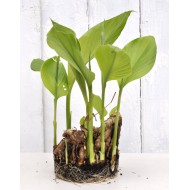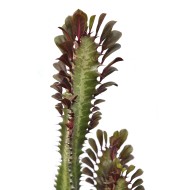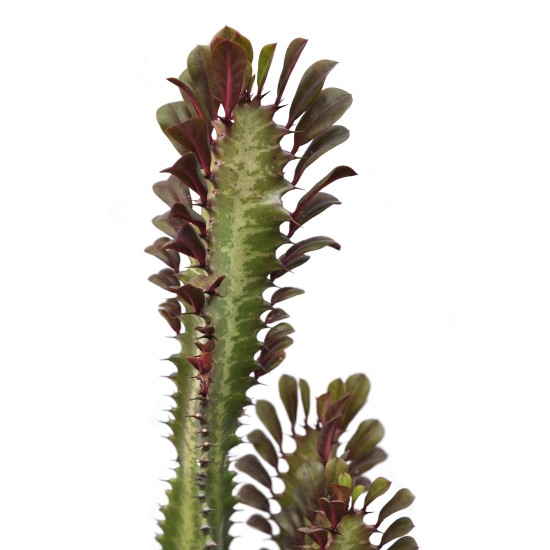


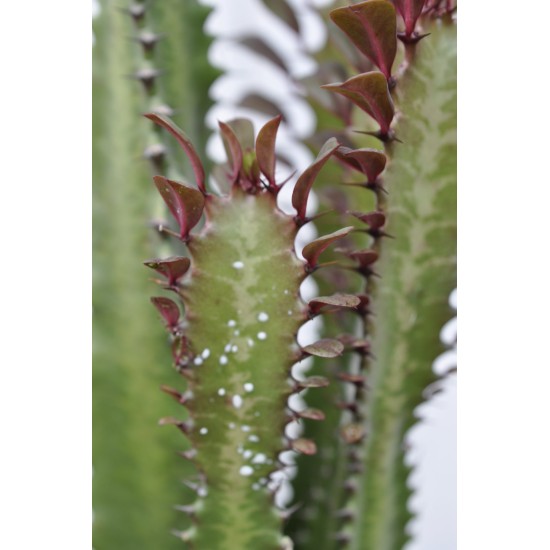




- Stock: In Stock
- Model: Euphorbia-trigona-rubra-190mm-pot
Family: Euphorbiaceae (the euphorbia or spurge family: includes Petty Spurge (Euphorbia peplus), Poinsettia (Euphorbia pulcherrima), Garden Croton (Codiaeum variegatum), and Pará Rubber Tree (Hevea brasiliensis))
Genus: Euphorbia (includes Petty Spurge (Euphorbia peplus) and Poinsettia (Euphorbia pulcherrima))
Botanical/Binomial Name: Euphorbia trigona forma rubra (also written Euphorbia trigona f. rubra)
Meaning of Name:
Euphorbia, from Latin Euphorbus, from Ancient Greek Εὔφορβος (Euphorbos, the Greek physician of King Juba II of Mauretania, who described the laxative effects of a succulent similar to Euphorbia); and
trigona, from Ancient Greek τρῐ́γωνᾰ (trĭ́gōnă), plural of τρῐ́γωνον (trĭ́gōnon, ‘triangles’); and
rubra, from Latin rubra (feminine form of ruber, ‘reddish’)
Common Names: African Milk Tree, Good Luck Tree, Candelabra Cactus
Botanical Characteristics: Succulent | Perennial | Evergreen | Frost tender to tolerant
Propagation: Calloused stem cuttings
Item Description:
PICK-UP ONLY
This is the exact item in the photos. The plant is about 1150 mm tall including the pot, which is 190 mm diameter and 190 mm high.
Plant Description:
This is the striking red-leafed and variegated rubra (reddish) form (‘forma’) of the African Milk Tree, but please note that the red fades to more green shades over winter when it enters dormancy.
This species can grow to 3-4 m high over ten years or so.
While this looks like a cactus (family Cactaceae), it is actually a Euphorbia from the Euphorbiaceae family.
The fourth photo shows the milky latex sap which is endemic to all euphorbias, and which is toxic. The sap in this photo was from me handling it a little roughly on repotting — it does NOT exude this sap unless cut. I photographed it just so you know what to look for. The sap can cause skin, eye and mouth irritations so exercise care and avoid contact, and both you and it will happily live side by side, as it requires very little care!
Growing Information:
Euphorbia trigona f. rubra is a low-maintenance plant which is suited both as a houseplant and outdoors. Growth may be slower indoors. The milk tree can withstand brief exposure to temperatures as low as -3°C, but would be best inside in cold winter climates.
E. trigona is somewhat drought-tolerant, but does still require weekly watering — it may look like a cactus but is very much not a cactus.
This is not a child- or pet-friendly plant on account of the spines and irritating latex sap. Having said that, this sap is not even an issue unless the exterior is broken, but please do note that even the slightest abrasion will cause the sap to appear immediately. The sap in the fourth photo appeared just from the tree rubbing against an object I had leant it against prior to repotting.
E. trigona can be propagated from stem cuttings which have been left to callous over a week.
Local pick-up is welcome — we’re in Gwynneville, near Wollongong University.
Pick-up is by mutual arrangement please, as we don’t have a shopfront.
Having said that, we are always here and more often than not can easily fit in with whichever day and time suits you best!
Feel free to suggest preferred pick-up time(s) in the comments box during checkout and we’ll reply as soon as we see the notification.
Especial Note Regarding Large Air-Pot® Orders
Depending on the order, we may suggest that large Air-Pot® orders are best sent directly to you from the warehouse.
Especial Note Regarding Jujube Trees
When posting out bare-rooted jujube trees, we routinely trim them to fit the box and keep postage costs to a minimum. These trees are typically knee-high when planted out, though some may be smaller.
This of course doesn’t apply for pick-ups, and in fact we will set aside the tallest trees specifically for this purpose. These trees can often be hip-high, and sometimes taller again.
Please note that this is not a guarantee, as heights of different cultivars can differ from year to year.



